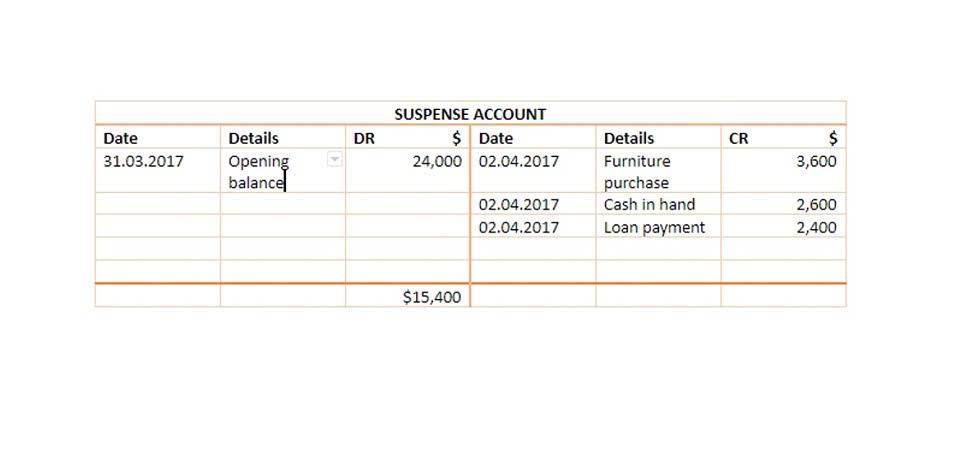The amount of expenditure on the asset will vary over the accounting period. To simplify the calculation of capitalized interest the weighted average accumulated expenditure is used as principal in the interest calculations. Interest rate on the loan specifically raised for the construction of asset is straightforward.
The interest that is due but has not yet been paid during that time is referred to as accrued interest. In the example the total interest for the period was 44,750 and the amount to be capitalized calculated as 17,141. To qualify the asset must take a period of time to bring it to the condition and location necessary for its intended use.
Capitalized Interest Cost
On the other hand, interest is often capitalized during construction when an asset’s development is underway. Next the capitalized interest of 17,141 is transferred from the interest expense account to the appropriate qualifying asset account. Since the general borrowings are a mixture of two facilities and it is not possible to determine which would have been avoidable had the construction not taken place, a weighted average rate is used.
- This amount is now used as the principal in the capitalized interest calculations.
- Capitalized interest is the cost of the funds used to finance the construction of a long-term asset that an entity constructs for itself.
- The bank charge interest from the date of loan disbursement, but the construction may start on a different date.
- The interest rate sometimes referred to as the capitalization rate, is the rate the business pays on its outstanding borrowings to finance the acquisition of the asset.
- Capitalized interest is the unpaid amount of interest that is added to the principal balance of a loan.
In this example the amount to be capitalized as part of the cost of the asset is therefore the avoidable interest of 17,141. The capitalized interest is the lower of the avoidable interest (17,141) and the actual interest (44,750) incurred by the business during the year (see Step #1). The capitalization period starts when the following periodic inventory system definition three criteria are met. This much interest can be capitalized provided it doesn’t exceed the actual interest expense for the period. The loan disburses from 01 July, so the bank also calculates interest from that date. The company makes interest payments based on the loan schedule, they need to reverse the interest payable and cash out.
Capitalized interest is the cost of the funds used to finance the construction of a long-term asset that an entity constructs for itself. The capitalization of interest is required under the accrual basis of accounting, and results in an increase in the total amount of fixed assets appearing on the balance sheet. An example of such a situation is when an organization builds its own corporate headquarters, using a construction loan to do so.
The total interest cost of 44,750 is first posted as normal to the interest expense account. The table shows the date and actual expenditure in the first two columns, and then calculates the weighted amount column by multiplying the expenditure by the fraction of the year the expenditure was funded for. Owners may seek a return on investment in the form of a fixed rate of interest to the extent of the amount employed by them in the business. This shows that the company’s interest to be paid on capital has been increased by 10,000 consequently Sam’s capital has also been increased equally because of the interest earned by him on capital. The interest payable will eliminate from balance sheet and the cash is reduced.
We and our partners process data to provide:
Chartered accountant Michael Brown is the founder and CEO of Double Entry Bookkeeping. He has worked as an accountant and consultant for more than 25 years and has built financial models for all types of industries. He has been the CFO or controller of both small and medium sized companies and has run small businesses of his own. He has been a manager and an auditor with Deloitte, a big 4 accountancy firm, and holds a degree from Loughborough University.
The amount of interest capitalized is equal to the lower actual interest on loan or the avoidable interest. The company needs to calculate both interests and capitalize the lower one. Capitalized interest is the interest on debt that was used to finance a self-constructed, long-term asset. PwC refers to the US member firm or one of its subsidiaries or affiliates, and may sometimes refer to the PwC network. This content is for general information purposes only, and should not be used as a substitute for consultation with professional advisors.
This can happen when the borrower is not making payments on the loan, and interest continues to accrue as is the case most often while the student is attending scholl. Interest is to be capitalized for assets being constructed, asset intended for sale or lease as discrete projects, or investments accounted for by the equity method while specific investee activities occur. However, the specific treatment of accrued interest does not always prevail itself to being capitalized.
This will not be paid in cash or deposited in his bank account, although, it will increase his total capital investment in the business by 10%. The interest rate on specific loan is 8% while the weighted interest rate on the general loans is calculated below. Please calculate the capitalized interest during the year and make a journal entry to reverse the interest expense. https://www.online-accounting.net/general-ledger-accounts-how-a-general-ledger-works/ Avoidable interest amount is different from the actual interest due to the amount of loan and time period while the interest rate is the same. The company may borrow the money from the bank but only a certain percentage is used for the construction. The bank charge interest from the date of loan disbursement, but the construction may start on a different date.
For example, a missed payment of interest could simply be a period expense that is immediately recognized on the income statement. In this case, the accrued interest that is due is not capitalized interest but instead set to be expensed immediately. In the long-term, both capitalized interest and expensed interest will have the same impact on a company’s financial statements.
Weighted-average accumulated expenditures
Interest on capital is an expense for the business and is added to the capital of the proprietor thereby increasing his total capital in the business. KPKI should pass the following journal entry while recording the capitalized interest. Accountant has recorded the whole interest as interest expense, we need to reverse back the interest expense to the cost of the fixed asset. Accrued interest is the amount of interest that has accumulated on a loan since the last payment was made. For example, if a borrower has a monthly payment on a loan and they miss a payment, interest will continue to accrue on the loan until the borrower makes their next payment.
After the asset is ready to use, the total cost will be depreciated over the useful life of fixed asset. As the result, the interest will be allocated to asset life and record as depreciation expense. Capitalization of borrowing costs terminates when an entity has substantially completed all activities needed to prepare the asset for its intended use.
If the company constructs assets for sale, it is considered as inventory, so the interest is not allowed to be capitalized. The additional cost added to the cost of the asset is referred to as capitalized interest, and the asset on which interest is capitalized is referred to as a qualifying asset. On the other hand, this same finance cost will be capitalized as part of fixed assets when the loan is used for the construction of these assets.





